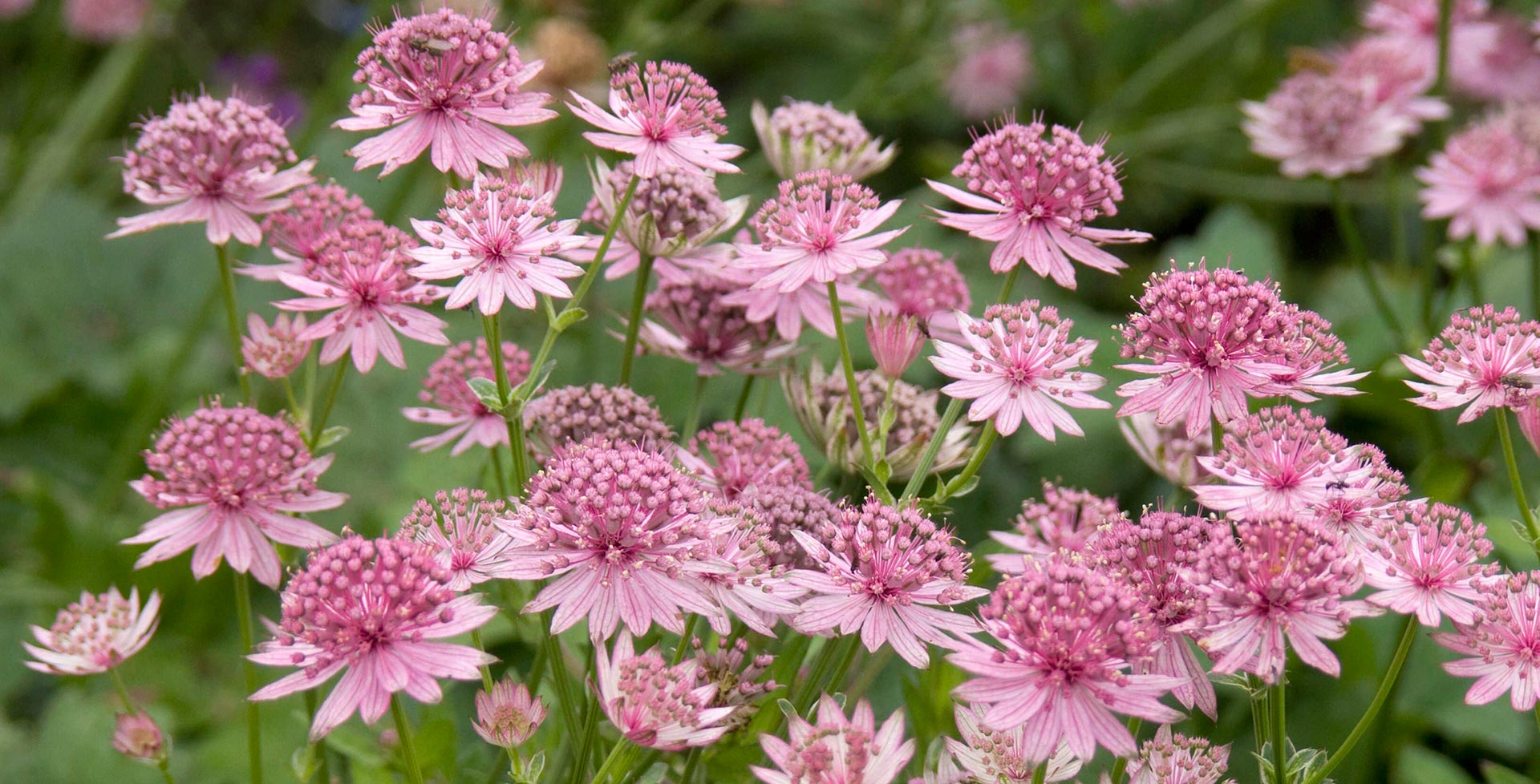
Introducing...
Astrantia
Common name: Astrantia
These easy-to-grow, summer-flowering perennials are valued in borders for their subtle, muted flower colours that combine easily with other showier plants. They mingle well with grasses too, and make good underplanting for roses in cottage garden schemes.
Looks
The dainty flowers appear in early summer, with an outer ruff of longer petals around a pincushion-like centre. They come in shades of greenish-white, pink or maroon, depending on the cultivar, and are held in clusters at the top of straight stems (30-90cm/1-3ft tall), above clumps of deeply lobed foliage. Astrantias are hardy perennials, dying down in autumn, then reappearing in spring.
Likes
Astrantias are happy in most ordinary garden soils, but do best in fertile soil that drains easily. They grow well in sun or light shade.
Dislikes
Astrantias won’t grow well in excessively dry or wet soils, and won’t flower in deep shade. In hot, dry weather in full sun they can crisp up, so keep them well watered.
Did you know?
It’s best to deadhead astrantias to keep them flowering. If you leave the old flowerheads to form seeds, this delays the production of new blooms. So once all the flowers on a stem start to fade, snip it off down at the base.
Growing guide
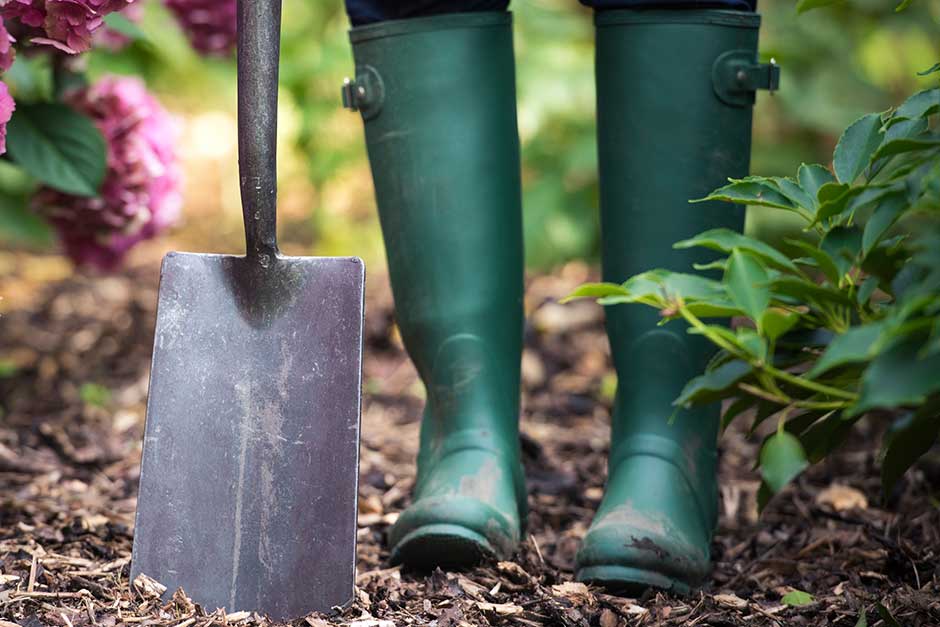
How to grow perennials
All the information you’ll need to grow and care for astrantias can be found in our RHS guide to perennials.
Astrantias we recommend
Astrantia 'Burgundy Manor'
masterwort 'Burgundy Manor'
- 0.5–1 metres
- 0.1–0.5 metres
Astrantia major subsp. involucrata 'Shaggy'
masterwort 'Shaggy'
- 0.5–1 metres
- 0.1–0.5 metres
Astrantia 'Burgundy Manor'
masterwort 'Burgundy Manor'
- 0.5–1 metres
- 0.1–0.5 metres
Astrantia major subsp. involucrata 'Shaggy'
masterwort 'Shaggy'
- 0.5–1 metres
- 0.1–0.5 metres
Useful advice
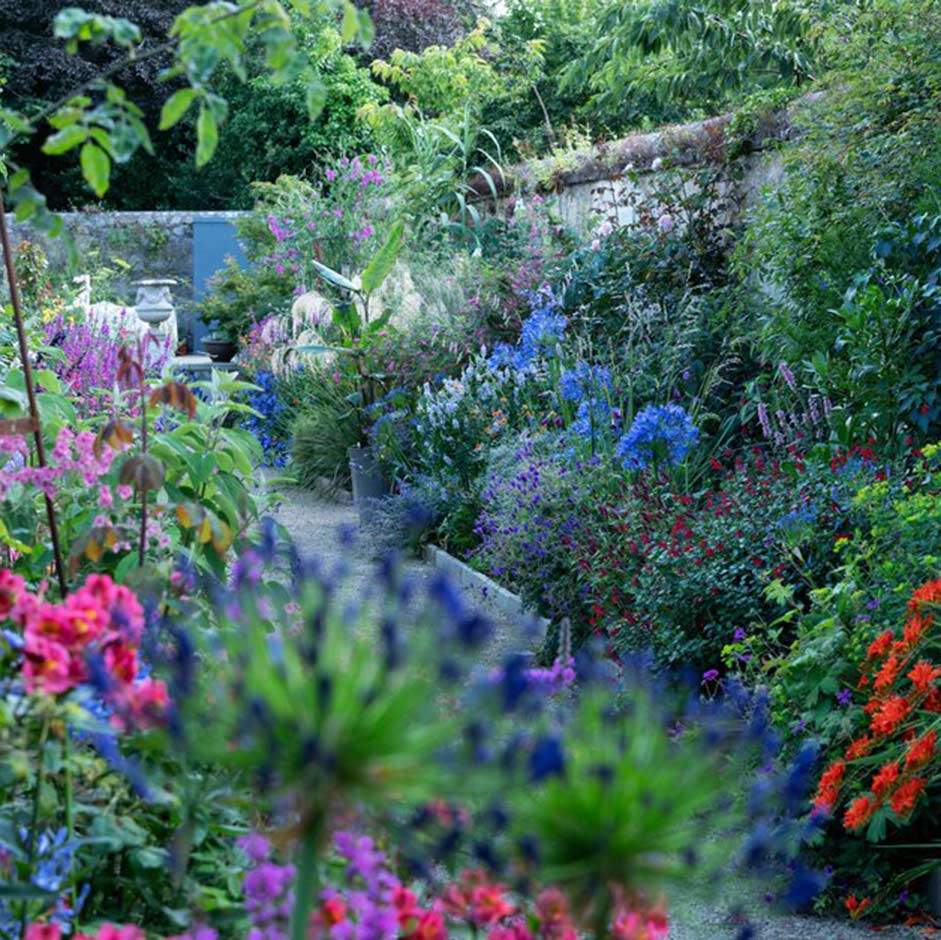
Perennial borders: choosing plants
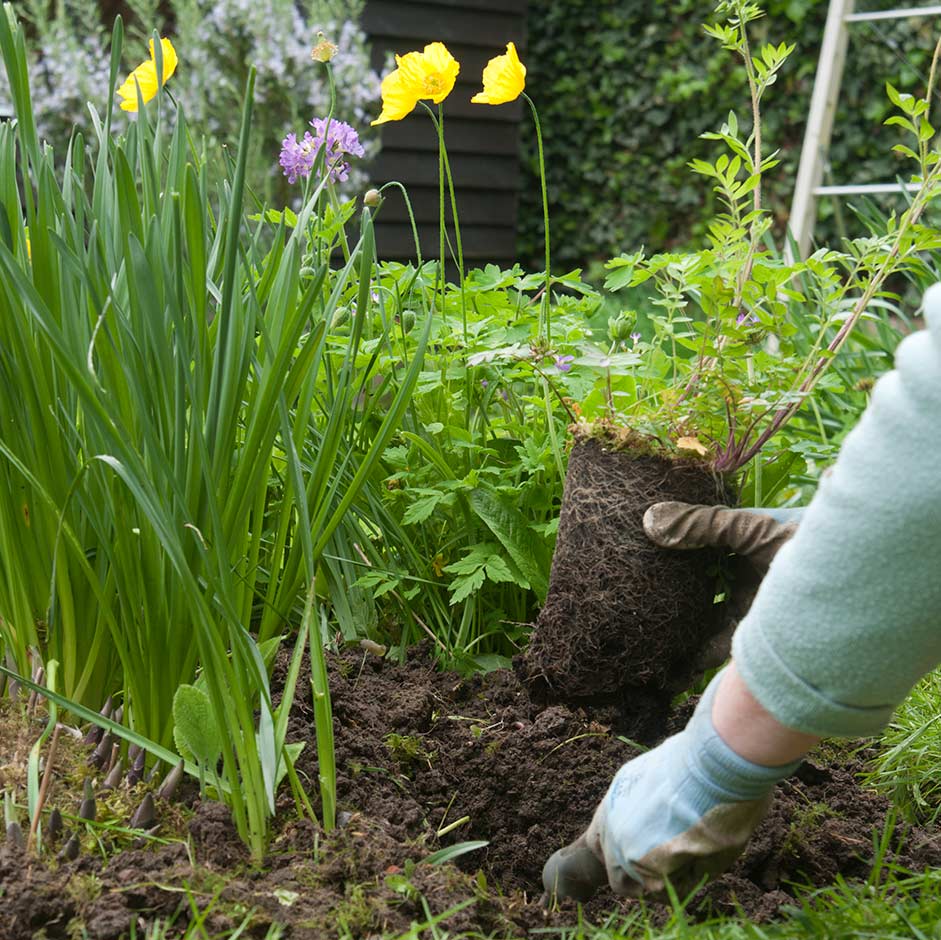
Perennials: planting
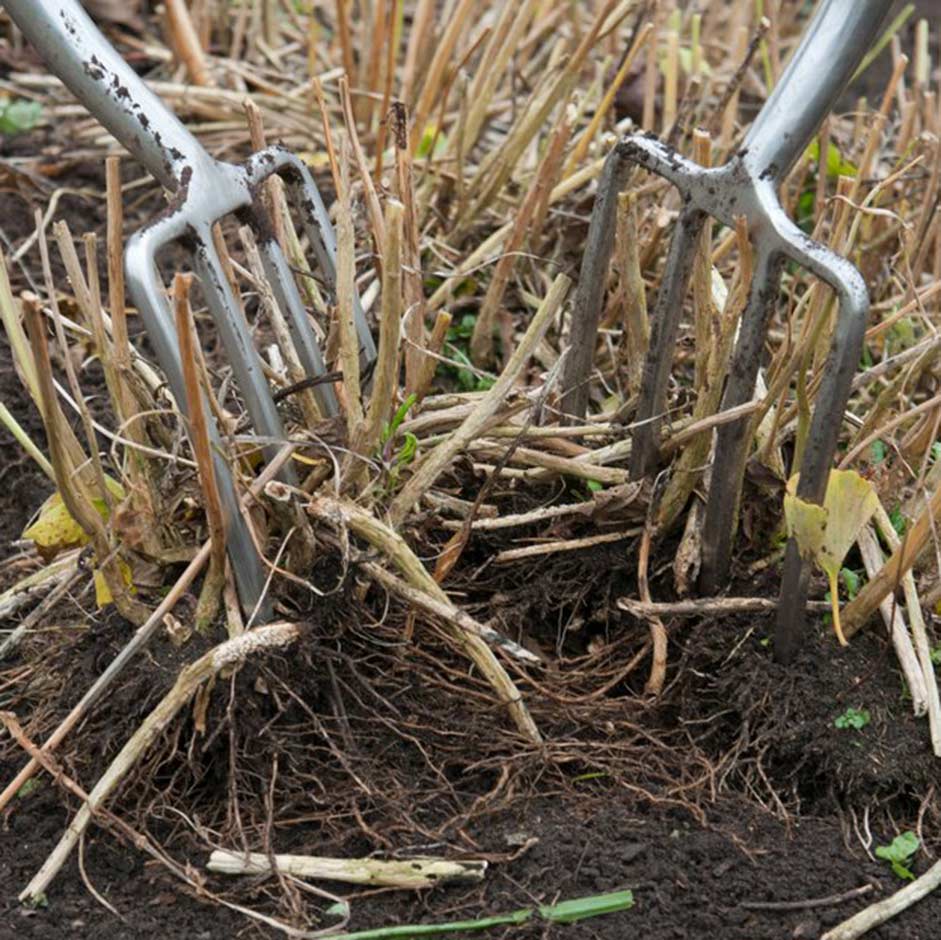
Perennials: dividing
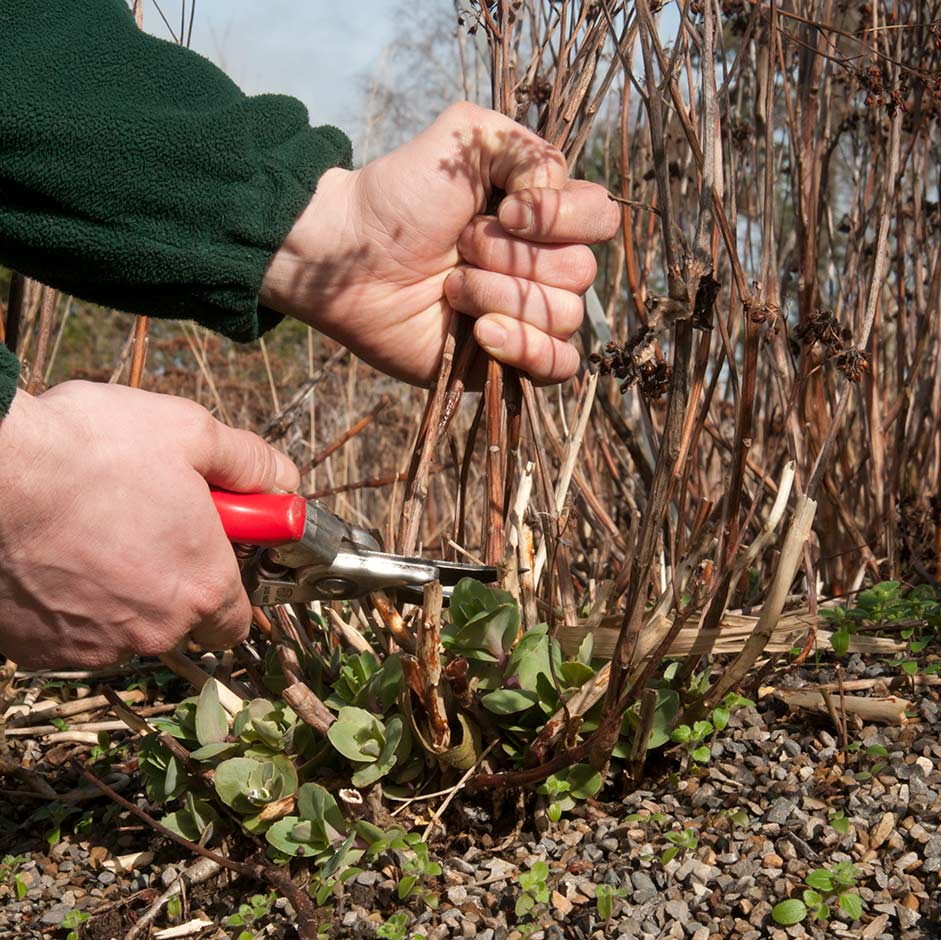
Perennials: cutting back
Buying: garden centre plants
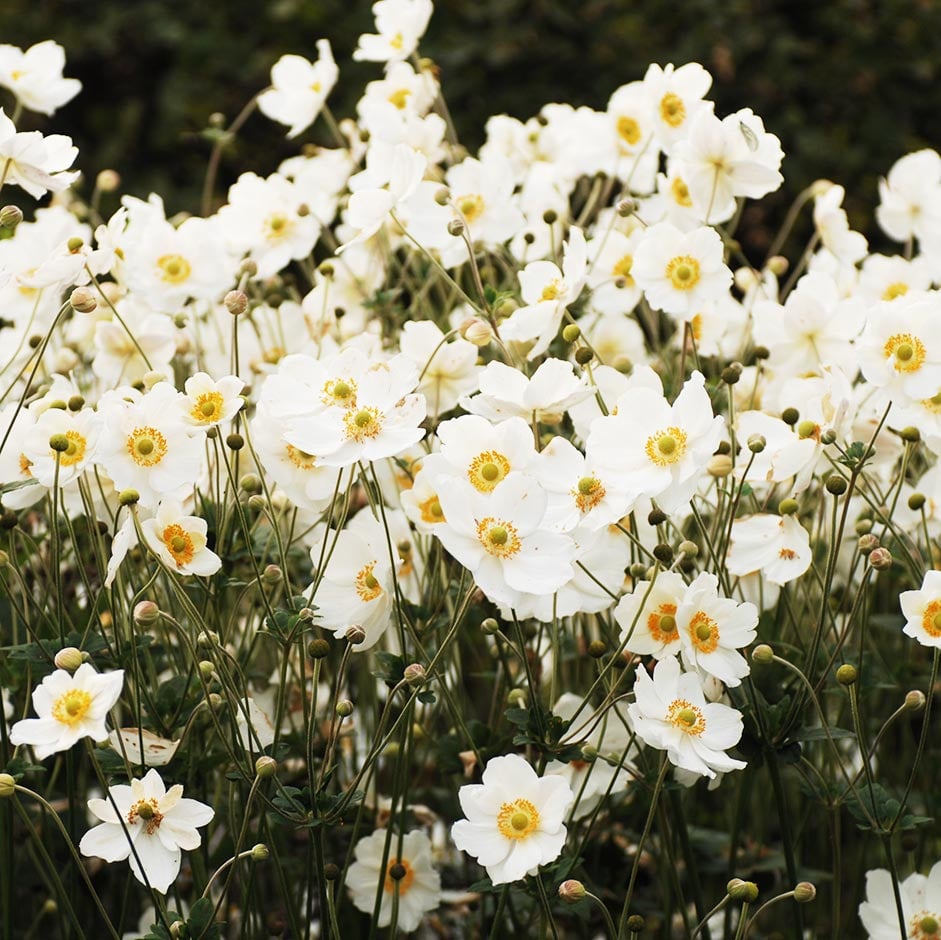
Shade planting: annuals, bulbs and perennials
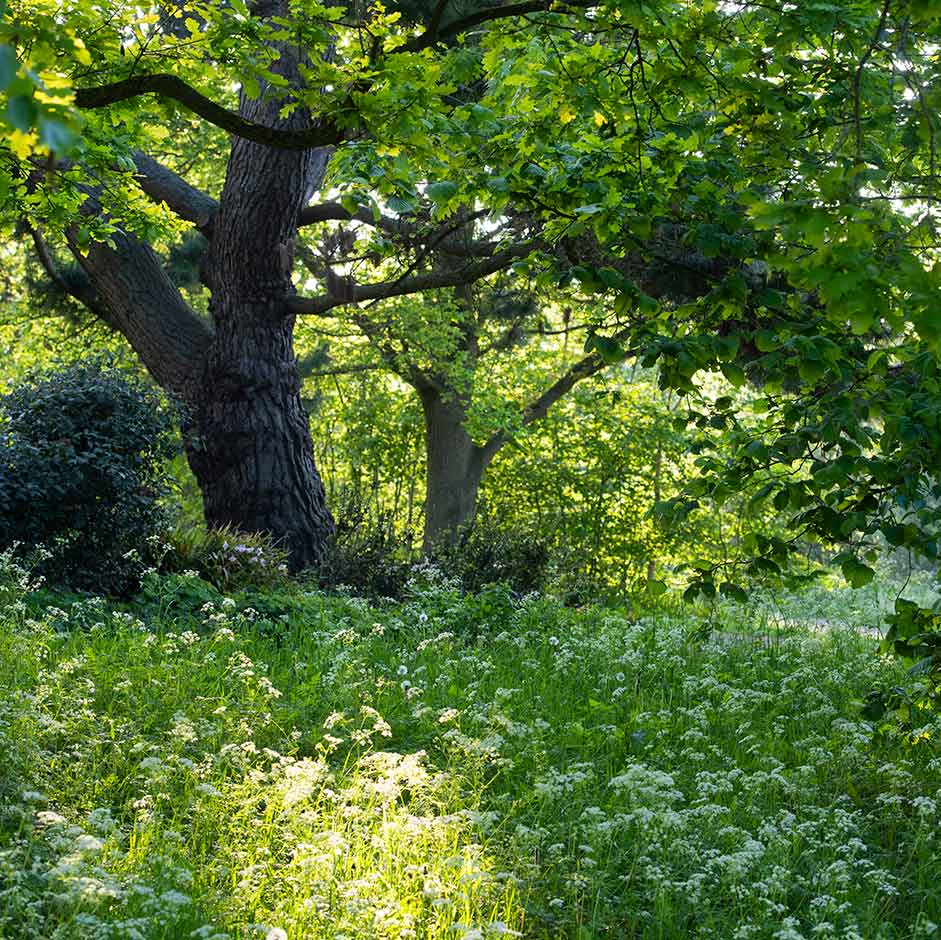
Shade gardening
Get involved
The Royal Horticultural Society is the UK’s leading gardening charity. We aim to enrich everyone’s life through plants, and make the UK a greener and more beautiful place.